INTERACTIONAL RESISTANCE DURING BLACK LIVES MATTER PROTESTS: THE POLITICAL STAKES OF REBELLING AGAINST THE PUBLIC ORDER*
Drawing from ethnographic research, this study examines how interactions between protesters and police unfold at Black Lives Matter demonstrations in two cities with distinct policing regimes. From an analysis of contentious moments during these local movement protests, I argue that protesters in both cities consciously resist the terms of engagement set by police in an effort to demonstrate their overarching opposition to police violence and racism, and to illustrate that communities can police themselves while also seeking to avoid arrest or police violence. I call this protesters’ “interactional resistance” This type of resistance is predicated on protesters pushing the boundaries of the rules of engagement with the police while using their structural knowledge of the situation and likely police responses. Interactional resistance bolsters claims by local Black Lives Matters protest movements that communities can be self-policing. In contrast with prior research on policing of protests, a focus on interactional resistance emphasizes the actions and decisions of protesters, not just the police. It also shows how protesters manage to enact resistance even when they are trying to avoid arrest. Further, I also show that police responses to the same level of transgression vary depending on the local police-control norms practiced in a specific place. Overall, these microinteractions both point to and shape the structures of repression.
Contributor Notes
*Chloe Haimson is a doctoral candidate in the Department of Sociology at University of Wisconsin-Madison. Please direct all correspondence to: Haimson@wisc.edu.
†I would like to thank Pamela Oliver, Alice Goffman, Chaeyoon Lim, Michael Bell, Robert Vargas, the editors and anonymous reviewers at Mobilization for their valuable comments on versions of this article and support for this study. Early work from the study was presented at the Wisconsin Sociological Association Annual Meeting in 2016.

